While some may consider zone 3 gardening to be a challenge, there are actually many ways to have a productive garden and an abundant harvest. Let’s explore the fruit, vegetables, and perennials that do well growing on my zone 3 homestead.
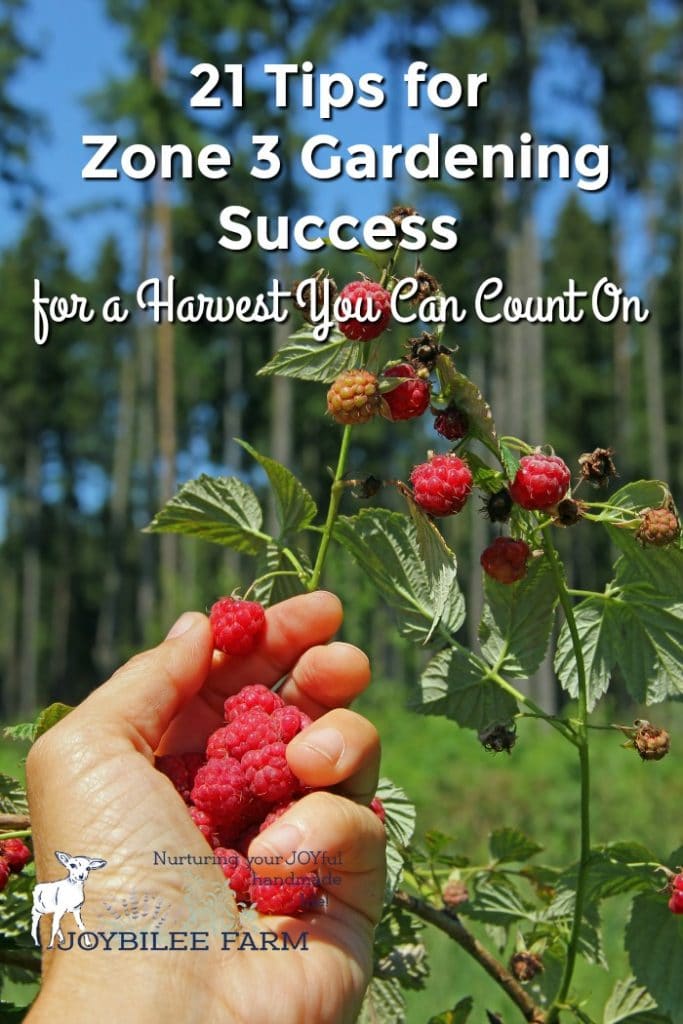
First a word about “hardiness zones.” Hardiness zones tell you what the coldest expected temperatures are in a region. This isn’t the average winter temperature but rather the extreme of cold that your area experiences. It doesn’t give you information about the length of the growing season, the number of frost-free days you can expect or even whether there is enough frost-free season to mature a crop. It also doesn’t offer any information about summer heat units that are required to ripen a crop. You may need to live in a place for a while and keep records in order to gain this information.
Growing Vegetables in Zone 3
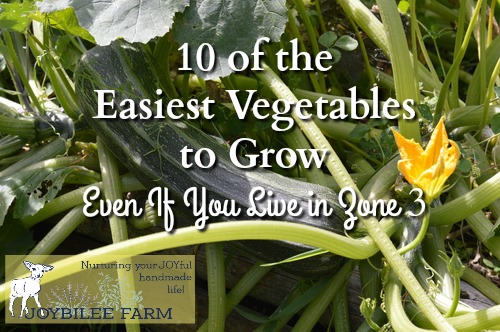
10 of the Easiest Vegetables to Grow, Even If You Live in Zone 3. The season is shorter in zone 3 and if you live in the mountains you might not get the heat units necessary for corn, squash, or pumpkin. But you can definitely get a harvest with these ten easy to grow vegetables.
Gardening tips for success in zone 3: 20 vegetables you can grow. Zone 3 is a challenging gardening environment. The season is short. In a good year you may get a frost-free window between June 1st and August 15th but in a bad year, there may be a danger of frost throughout the growing season.
Growing pea shoots indoors in winter – A primer on micro greens. Pea shoots and other microgreens are perfect for zone 3 gardening and should be in your winter growing plans. Further, homegrown pea shoots are sweeter and more tender than commercially grown pea shoots.
Swiss Chard: a vegetable for cool season growing. Chard is a mainstay in my garden, here at 2700 feet with frost expected every day during the growing season. It is hardy to zone 2 and can handle the frost. Plant it in full sun anytime after mid-April, when the ground can be worked, about two weeks after you would plant peas in your area.
Even at the end of the season when there are only 6 more weeks till frost, there are still a dozen vegetables you can still plant and harvest. Here’s a list of 12 vegetables that you can grow in the time you have left for gardening this season. So get outside, and make a hugelkultur bed, or fill a planter or a bag with soil, and grow some of your own food.
Extend the Growing Season in Zone 3
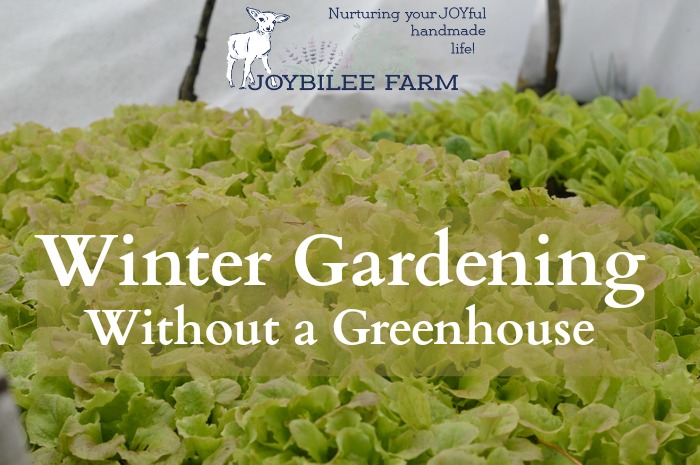
Winter gardening without a greenhouse is possible. If you live where winters are long and harsh you will want to grow some fresh greens for winter use. Here are two ways to accomplish this without a greenhouse.
Extend your season with an old-fashioned “Hot Bed.” Our pioneer ancestors knew that manure was a hot commodity. They would shovel out the stalls and coops and cover their manure piles with sawdust or straw, to keep the valuable nitrogen, phosphorus, and potassium in the pile and out of the air. Learn to build your own hotbed to extend the season.
5 Tips to Grow Food in Winter. Don’t think of winter gardening as more work for smaller yields. On the contrary, your winter garden can be your most productive garden if you understand the principles behind growing food in winter.
20 Drought Tolerant Plants for Your Zone 3 Garden. This list of drought-tolerant plants will be tolerant of dry conditions only after they become established in your landscape. Plan to provide some water in the early spring after planting or transplanting.
Growing Herbs in Zone 3
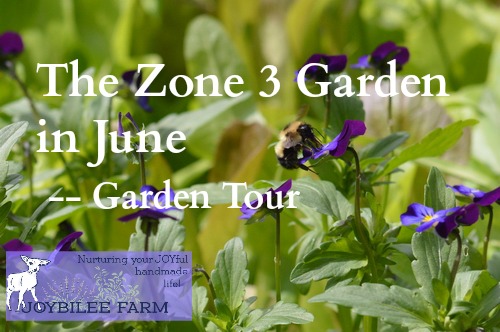
Grow Rosa Rugosa Roses for Fragrance, Medicine, and Rose Hips Even in Zone 3. Heady, hardy, vigorous Rosa rugosa Roses are the ultimate homestead rose. They are hardy in zone 2 or 3 and they are impervious to insect damage, and even grow where there is salt in the air.
How to Grow Phenomenal Lavender Even if You Live in Zone 3. Learning how to grow lavender is tricky if you live on a mountain in zone 3. But I’ve been growing lavender in the mountains of British Columbia, Canada, in zone 3 where there is frost in July. If I can grow lavender you can grow lavender.
Planting an Herbal Tea Garden that Thrives in Zone 3. Growing your own tea in an herbal tea garden is smart for your health and smart for your garden. But how can you grow an herbal tea garden if you live in zone 3, with cold winters and a shorter growing season than most folks? Let me show you.
The Zone 3 Garden in June: Growing Herbs. You probably think that with unpredictable summer frost and such a short growing season it’s too hard to depend on your garden in zone 3. But zone 3 has an abundance that you can tap into with the right garden design, the right seed varieties, and a little strategy.
Growing Fruit Trees and Perennials in Zone 3
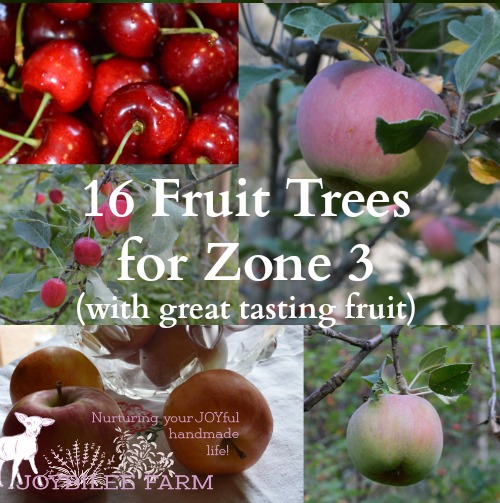
16 Fruit Trees for Zone 3 with Great Tasting Fruit! Fruit trees often fruit on the wood grown the year before. Winter dieback will kill the fruiting wood and result in crop losses, therefore it is wise to choose fruit varieties that are rated for your hardiness zone. These are the varieties that are hardy enough to withstand the expected low temperatures of zone 3 and still produce a crop the following year.
Superfruit for zone 3? Haskaps! Haskaps, Honeyberry, or Edible Blue Honeysuckle (Lonicera caerulea) have more antioxidants than blueberries and more potassium, too. In fact, the nutritional profile of haskaps put them in the same league as goji berries and other superfoods.
7 Tips for Fertilizing Apple Trees Organically for Long Fruitfulness. When we first planted our zone 3 orchard things didn’t turn out the way we expected. We planted whips that were grafted on hardy Russian dwarf stock and expected to see fruit in about 5 years. Here’s what we were missing.
Domesticating wild fruit to fool Mother Nature. Conventional advice is the look at what grows wild in your area and plant domesticated varieties of these same plants. This assumes that domestic varieties of wild plants will thrive in the same growing conditions as their native sisters. This is not always the case. Here’s another option.
42 Plants for Your Edible Landscape in Zone 3 or higher. I know many of my readers struggle with short growing seasons and challenging climates. So many gardening books are great if you live in zone 5 to 9. But if you live on the extreme end of the hardiness zone map you feel cheated by the cultivars available to you. Fear not, dear reader. I personally thumbed through the pages of Gardening Like a Ninja, notebook, and pen in hand, to find the idea edibles for your climate challenges.
30 Plants That Will Grow near Black Walnut Trees, in zone 3. With the short zone 3 growing season you don’t want to waste your space on plants that need to be babied. If you accidentally plant the wrong plant near a black walnut, simply transplant it in the spring or fall, when you notice that it’s stressed.
42 Bee Friendly Garden Plants for zone 3 or higher. Do your strawberries look a bit irregular? Are your apples more round on one side than on the other? Did your raspberries fail to set fruit? Are you seeing spring blossoms covered in bees in the morning or is your garden unusually quiet for spring? Things may improve if you transform your garden area with the bees in mind.
5 Bee Friendly Perennials for Your Zone 3 Garden for Better Biodiversity. Adding bee-friendly perennials will make your organic garden more hospitable to both native pollinators and honey bees and ensure that you can continue to harvest fruit and vegetables that need pollination over a long season.
The key to gardening success in zone 3
You can have a fruitful garden even in the extreme climate conditions of zone 3. The key is finding the right plant varieties that can thrive in your climate. I hope these ideas have helped you find what will grow in your zone 3 garden so that you can enjoy long and fruitful gardening success.



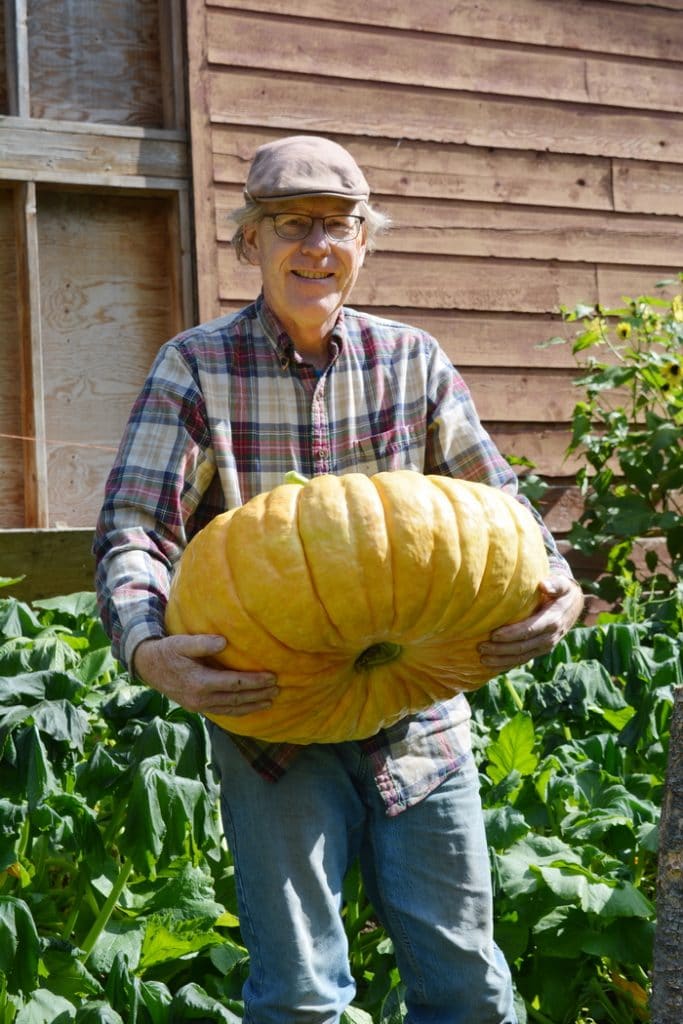

Leave a Reply